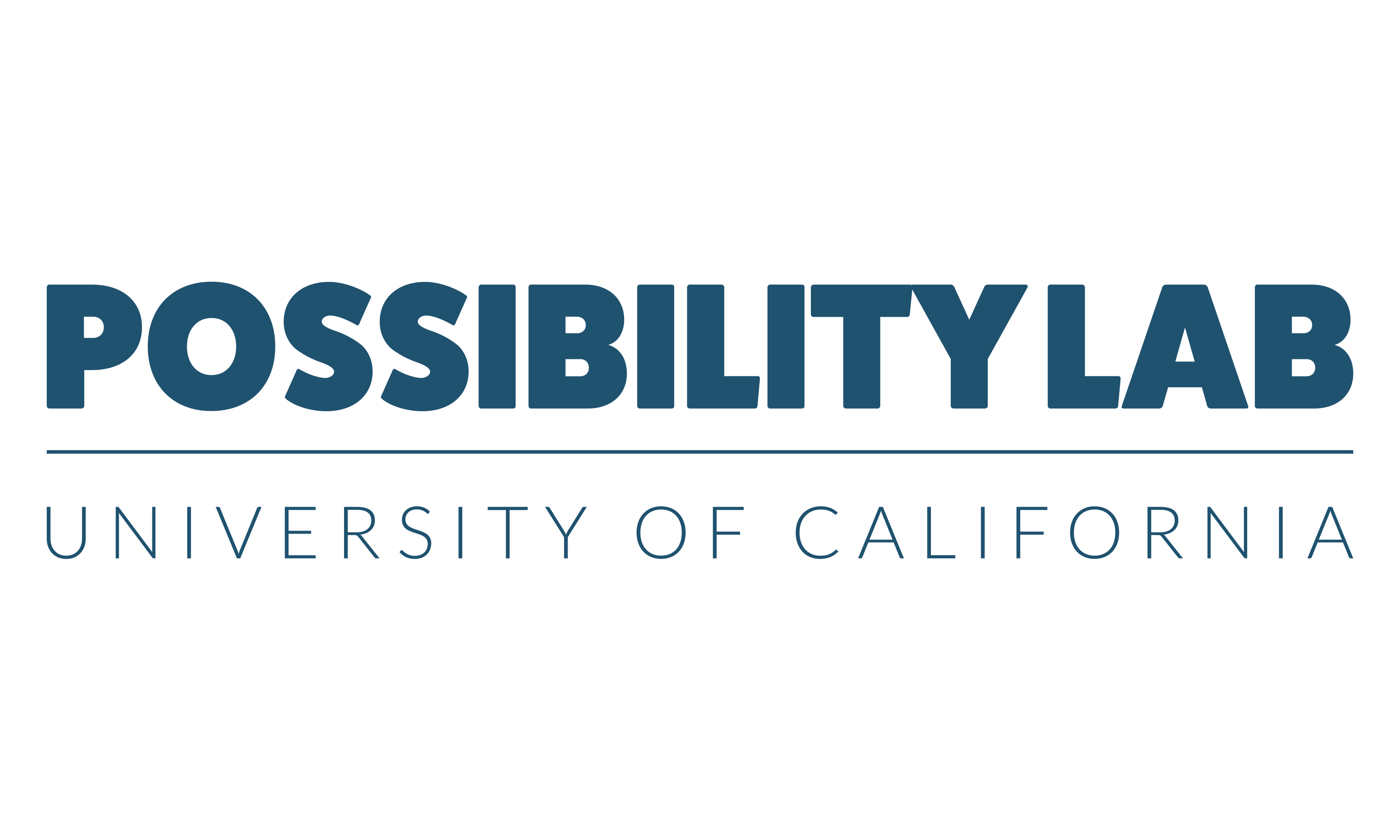How can government partner with community organizations to more effectively reach underserved populations?
Community-based organizations can act as “trusted messengers,” working with government partners to help improve the health, safety, and well-being of low-wage workers and other historically underserved communities. Identifying best practices for this type of collaboration can ensure all communities have access to necessary information and resources.
To mitigate the spread of COVID-19, California’s Labor and Workforce Development Agency (LWDA) created the California COVID-19 Workplace Outreach Project (CWOP). CWOP was designed to support partnerships between state government and a statewide network of community-based organizations in order to develop and disseminate targeted public health information and resources.
Now in its fourth year, CWOP aims to educate low-wage workers in industries that have been disproportionately affected by the pandemic, to increase their knowledge about how to prevent the spread and mitigate the harm of COVID-19, as well as to build awareness and understanding of workplace safety laws, paid sick leave rights, and other related labor laws. CWOP also provides referrals and information about how to get vaccinated, seek assistance with enforcement of worker protections, and get access to public benefits.
In partnership with CWOP and four UC campuses, Possibility Lab researchers are leveraging behavioral science insights and rigorous research methods to identify how government/CBO partnerships and targeted outreach strategies can inform knowledge and behavior among workers in frontline occupations who are vulnerable to COVID-19 and other public health threats.
Findings from this project will be used to inform program evaluation and scaleup across a diverse set of occupations, populations, and geographies. In addition, this work aims to inform decisions around similar public-sector projects that rely on “trusted messengers” to deliver critical information to underserved populations across California.
This project was made possible with funding from the California Department of Public Health through the University of California-San Francisco’s Pandemic Recovery and Readiness Research (CPR3) Initiative.
.
